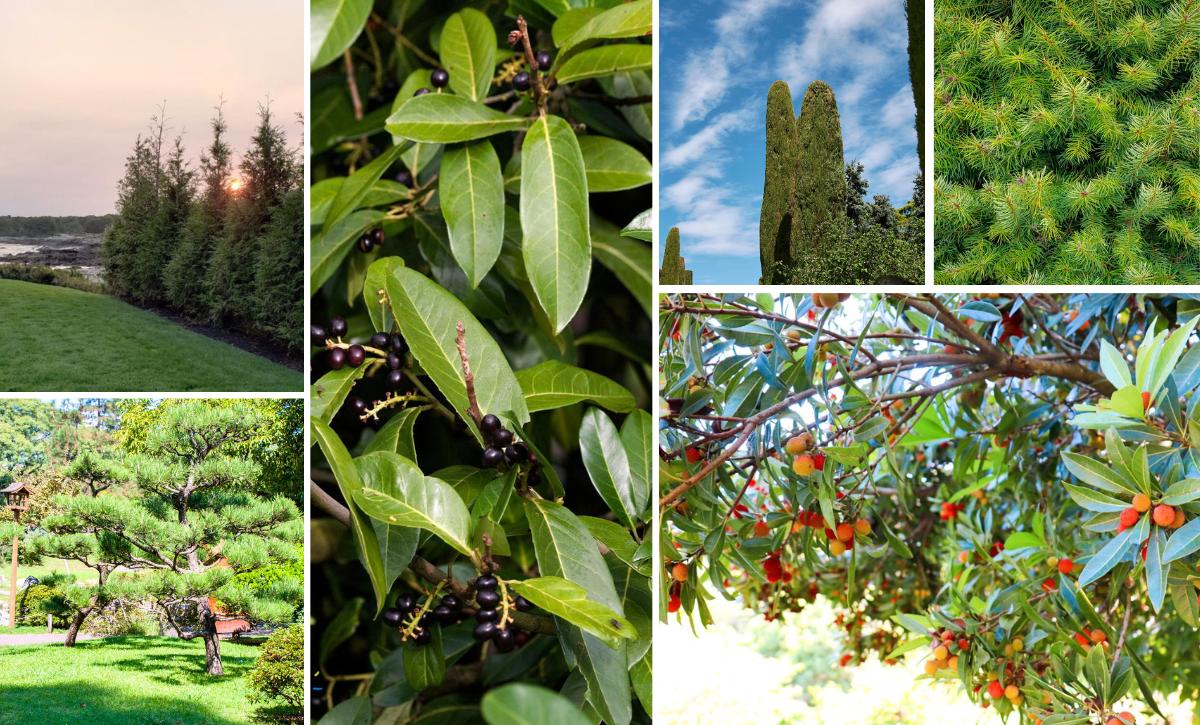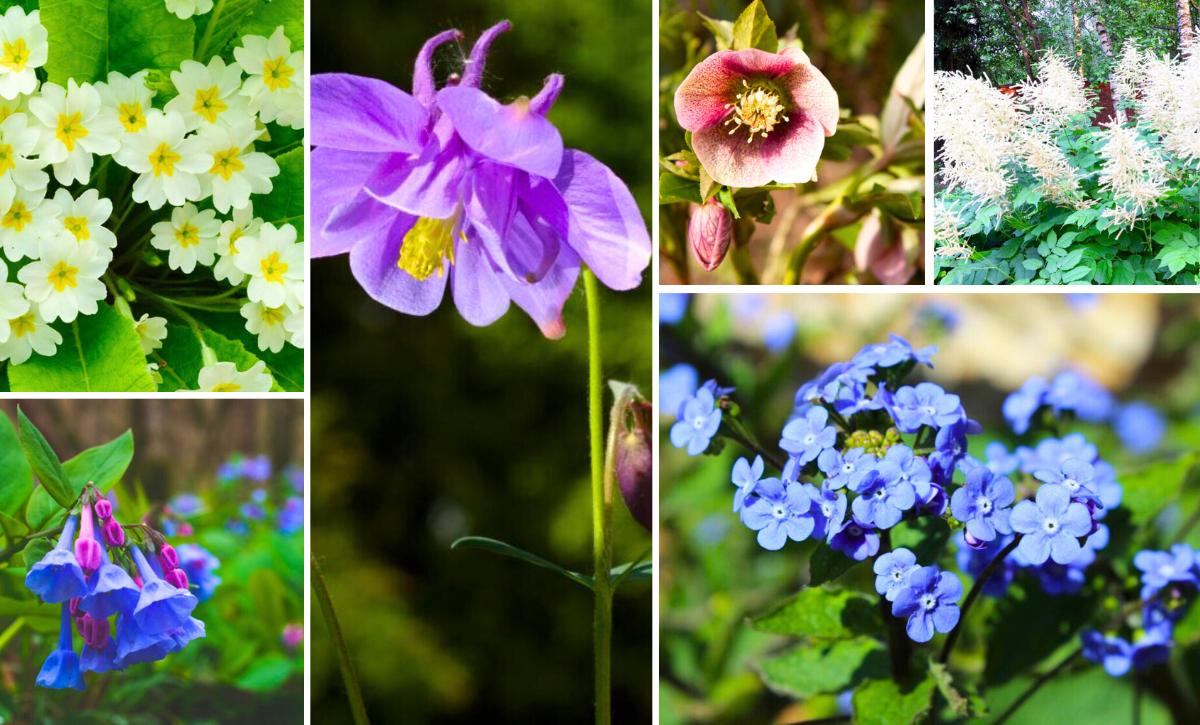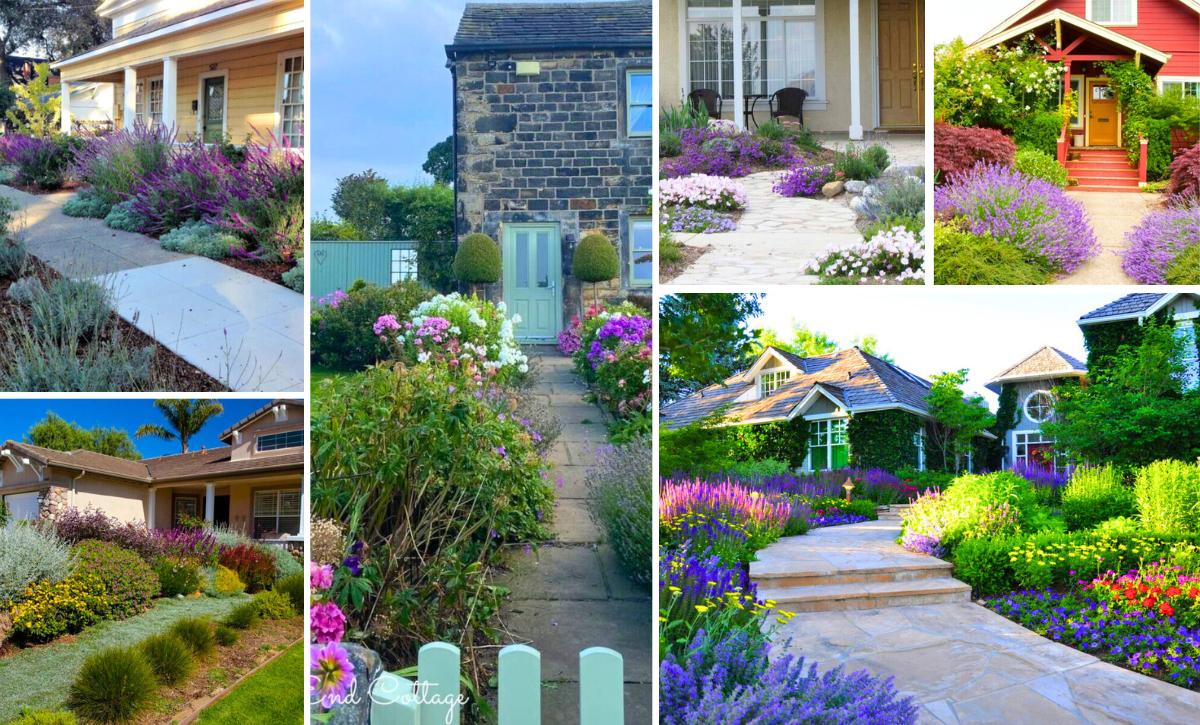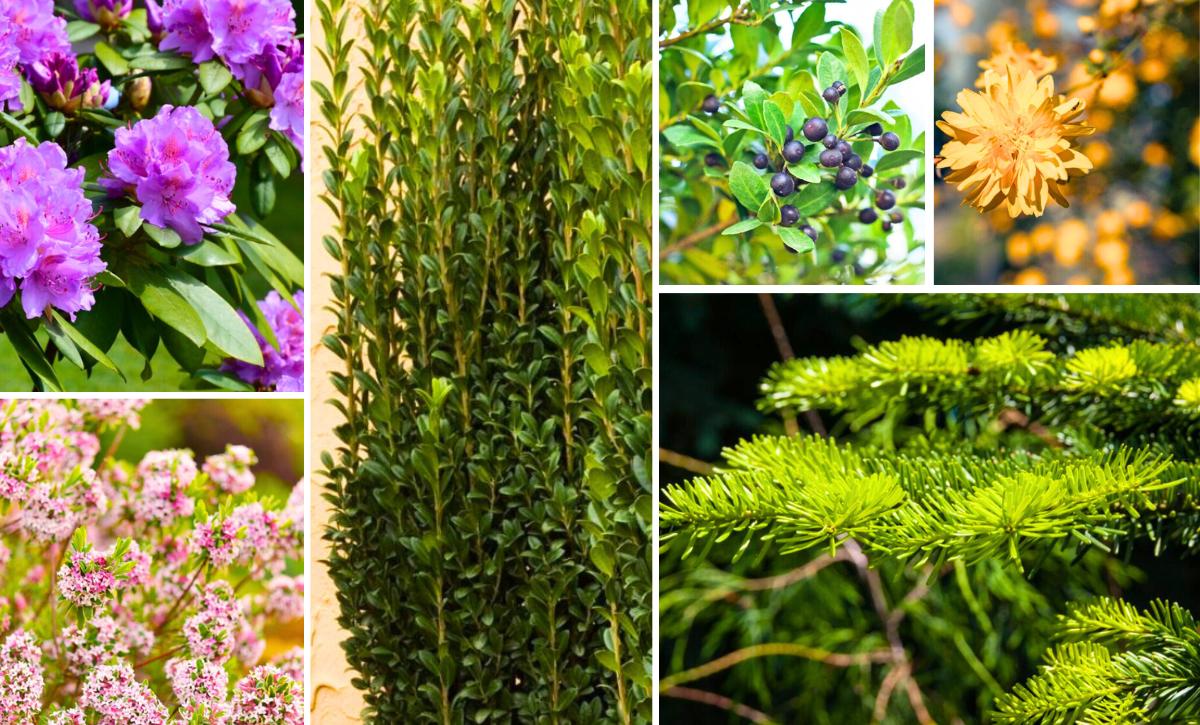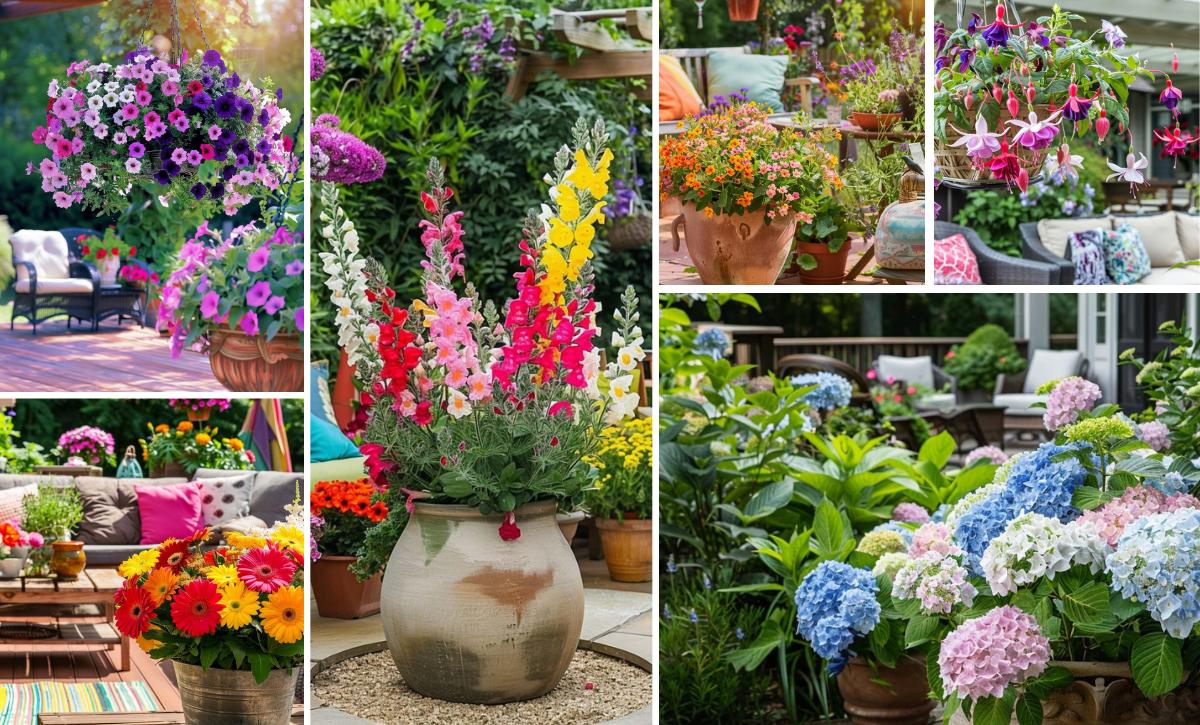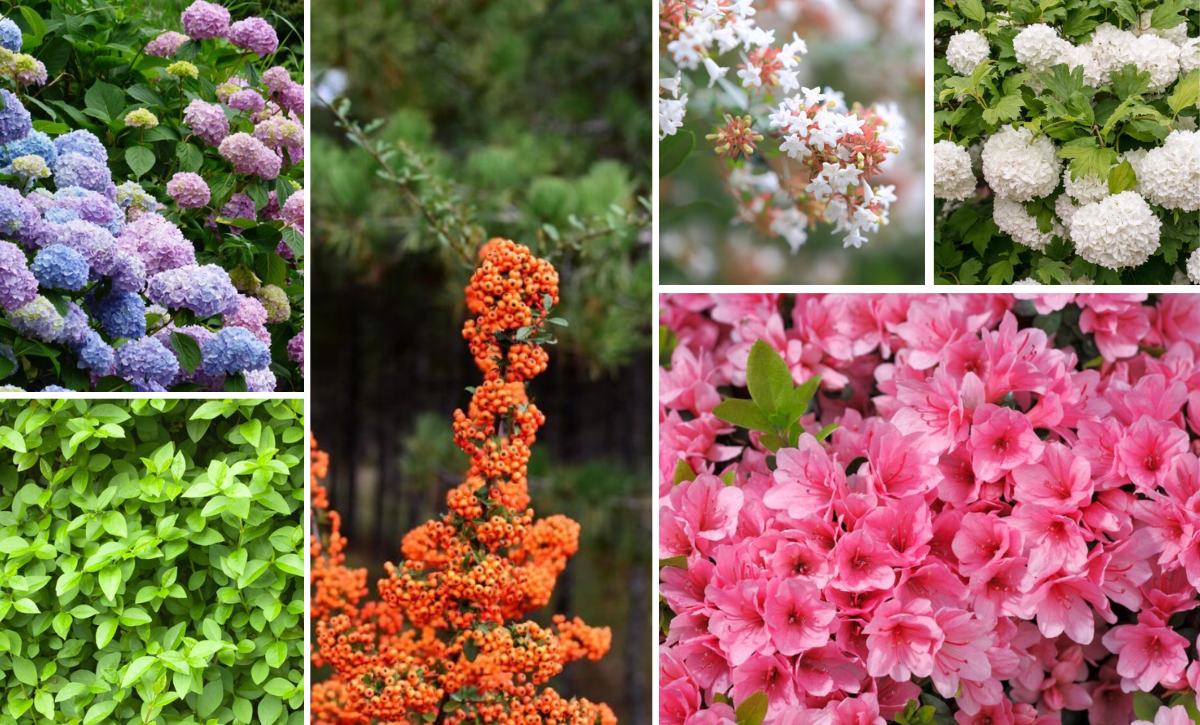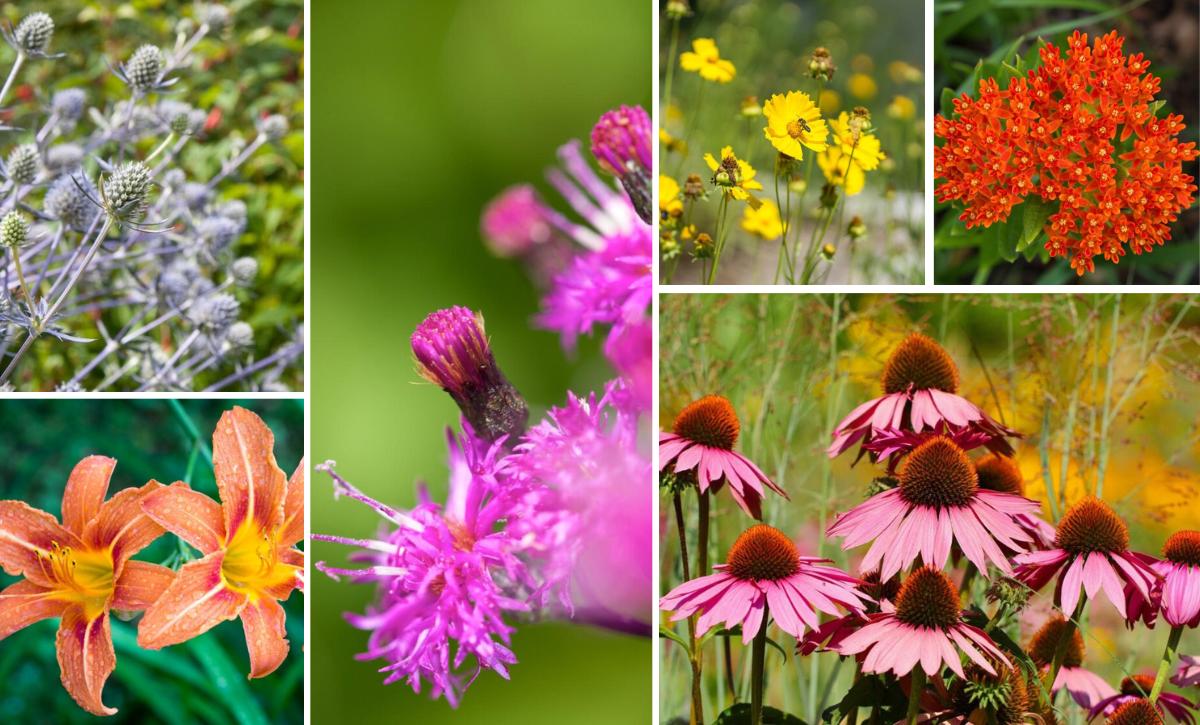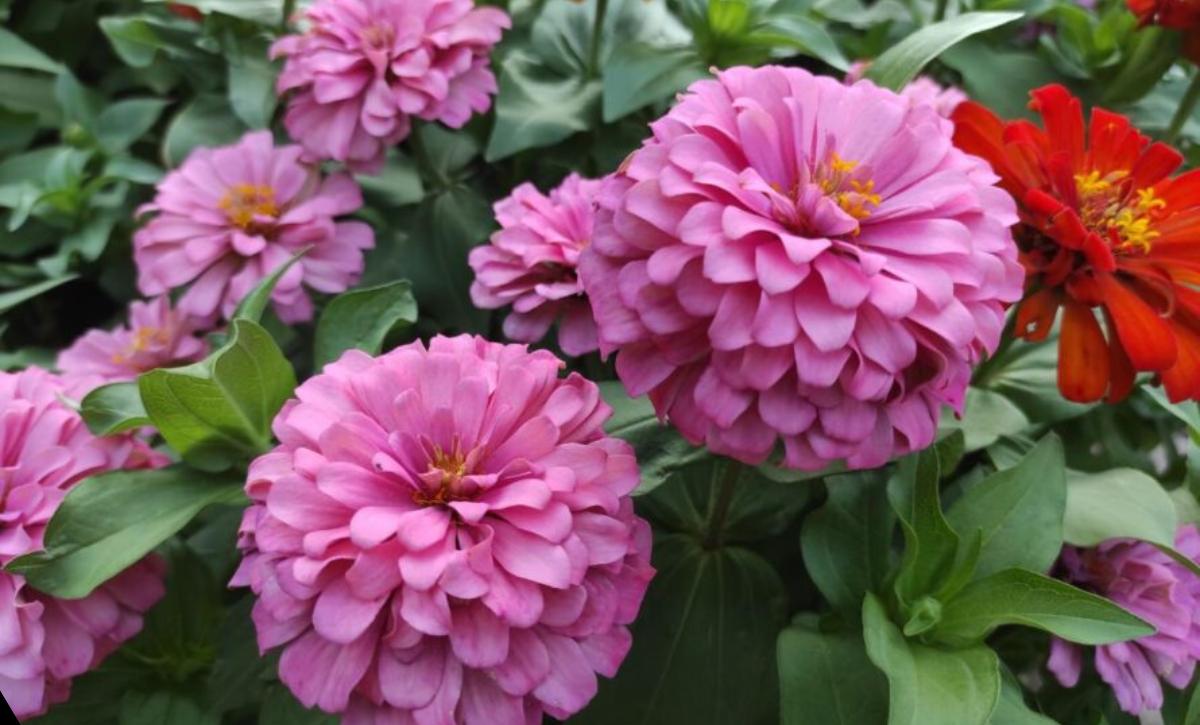Spring is one of my favorite seasons, especially when redbud trees’ tiny, white, or rosy pink flowers adorn North American landscapes. The heart-shaped leaves add to the marvel of this beautiful tree.
Most people choose to grow redbud trees because they are easy to maintain, but that shouldn’t be the only reason that you should decide to have these trees in your garden.
While they aren’t perfect, there are several reasons for you to plant these trees in your yard. In this article, we’ve outlined all the pros and cons of growing redbud trees to help you figure out if you should grow one or several.
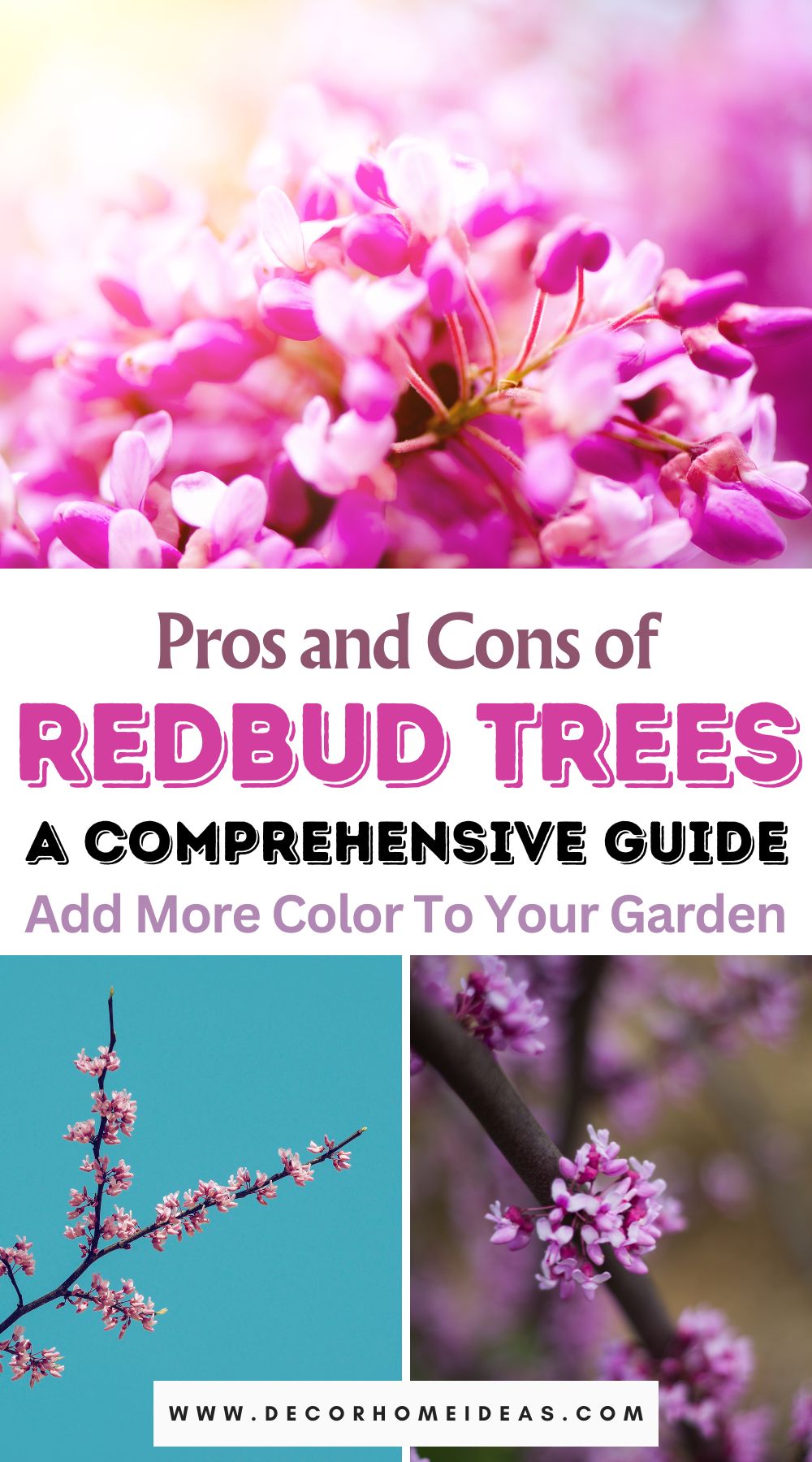
But first, here is some basic information about redbud trees to familiarize yourself with:
| Family: | Fabaceae |
| Genus: | Cercis |
| Scientific name: | Cercis spp. |
| Common names: | Redbud tree |
| Plant type: | Tree |
| Native habitat: | North America |
| USDA hardiness zones: | 4-9 |
Advantages and Disadvantages of Redbud Trees: The Pros
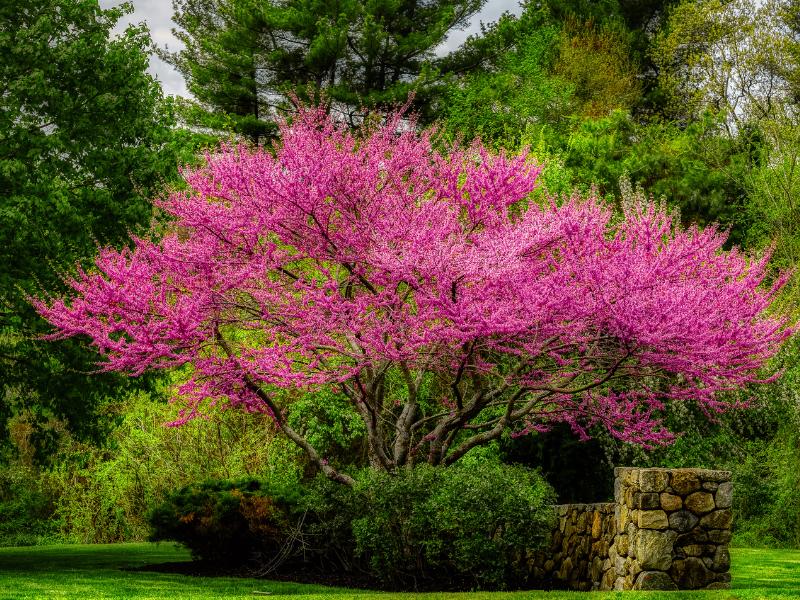
Let’s start with the positives.
Growing redbud trees has many advantages, including attracting pollinators, drought tolerance, their stunning appearance, size, different varieties, and their long blooming period.
Redbud Trees Attract Pollinators
Redbud flowers are not only visually appealing, but they are also a key attraction for pollinators such as honey bees, carpenter bees, and butterflies, which are attracted by the scent and nectar of the flowers. Growing them in your garden will attract these pollinators, which can benefit other plants.
While these trees may survive in partial shade, growing them in direct sunlight will encourage the production of more flowers. Consequently, this will attract more pollinators, which will contribute to your garden’s ecosystem.
They’re Drought-Tolerant
One of the best qualities of redbud trees is their hardiness. These plants are fairly drought tolerant; once the tree has established a root system, it can go for a long period without water.
This makes redbuds ideal for people living in arid or semi-arid areas. Since this tree doesn’t need much watering, it’ll endure these conditions and won’t dry up or unexpectedly shade leaves.
The dormancy period that the tree goes through each year increases its hardiness and drought tolerance. This dormancy period is during the colder months, while in the warm seasons, such as spring through summer, the tree is in its active growing season.
They’re Aesthetically Appealing
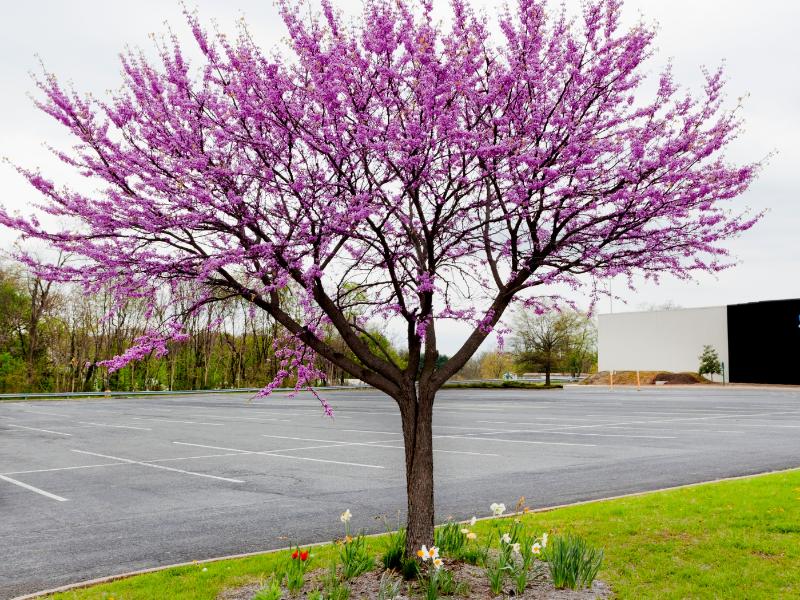
Redbud trees are native to North America. However, the tree has relatives in Asia and Europe. These trees were first discovered in 1571 by Spaniards when they were classified as New World plants and distinguished from their relatives in the Mediterranean area.
One of the most famous people to grow this tree was George Washington, who marveled at the beauty of redbuds and spent considerable time cultivating seedlings he had taken from a neighboring forest.
The flowers of the trees may vary depending on the variety you have grown. If you want to grow purple flowers to adorn your garden, the Forest pansy variety should be the type to go for. On the other hand, if you’re looking for a white flowering tree, try the White Eastern Redbud.
The beauty of these trees doesn’t end at the flowers. The tree also produces unique and captivating heart-shaped leaves in different colors, such as orange, golden, lime, and green.
They’re Easy to Maintain
One of the qualities that makes redbuds desirable is that they are low-maintenance. You can grow these trees in almost any climate, and they’ll thrive fairly well. The only thing that redbuds won’t tolerate is extremely low temperatures.
When we are growing a new plant, we often factor in conditions such as the soil type, nutrients in the soil, and the pH level.
With redbud trees, you won’t have to worry about any of these conditions since they can survive in literally any situation. You can even grow the plant in a shady spot, and it’ll survive.
They’re Small
Size is a huge determining factor for many gardeners when growing trees, and even though some gardeners may prefer huge trees, in some cases, the smaller, the better, especially when you are restricted by space.
The redbud tree is the perfect choice for the latter.
If you want a tree to add beauty and interest to your garden and still remain under the power lines, then Redbud will do the trick.
Long Blooming Season
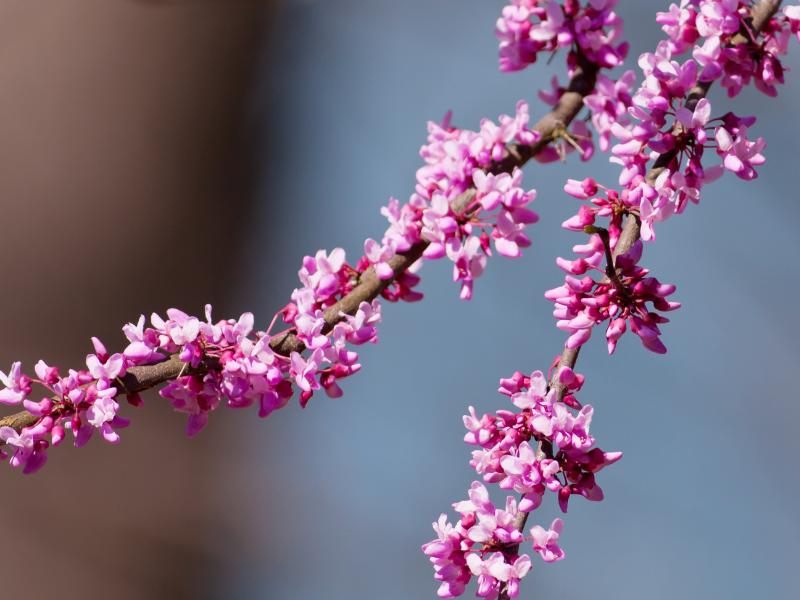
If you meet all the growing requirements of this plant, then you can expect your Redbud to produce its first flowers in early spring.
Flowering typically occurs in April and May, but this period may extend throughout the summer for people living in warmer climates.
Many Cultivars to Choose From
One of the best qualities of these trees is that you can choose different varieties of trees to grow based on your tastes.
One of the most common varieties to grow is the Eastern redbud tree, which is famous, especially in South Carolina. The Cercis canadensis, as it’s known scientifically, has breathtaking pink flowers. The tree may grow up to 30 feet tall and thrives in hardiness zones 5 to 9.
The white eastern Redbud produces unique pea-like white flowers, and it’s quite remarkable, so you don’t see it as much.
Another variety with beautiful flowers is the Cercis siliquastrum, aka the Judas tree. This variety may grow to 25 feet tall and produce breathtaking purplish-pink flowers.
If you want an even rare flower, try the Western Redbud or Cercis occidentalis, which produces magenta flowers in spring. The tree is common to many homeowners on the West Coast.
The Oklahoma redbud, also known as the Cercis canadensis var. texensis ‘Oklahoma,’ is an amazing variety that produces colorful purple-red blossoms. The tree is prized for its unique flowers that cover its barren branches.
Once the blossom fades, the tree produces heart-shaped leaves, which initially have a slight pink tint and mature to a deep green.
Disadvantages of Redbud Trees
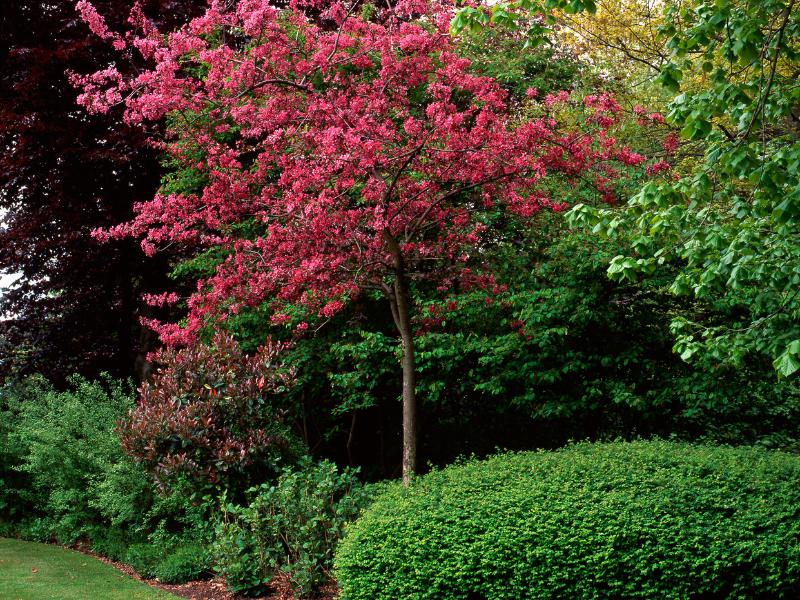
While the advantages are convincing enough to start growing redbuds, before you start growing these trees, it’s important to understand all the downsides, too, so you can make an informed choice.
Some main cons of growing redbud trees include susceptibility to pests and diseases, short lifespan, and high demand for water at a young age.
Let’s examine these cons in detail.
Short Lifespan
If you want a tree that’ll survive for generations, steer away from redbuds.
Redbud trees have a lifespan of 20-30 years, which is quite short for a tree. You may even outlive the redbuds that you grow.
These trees have a medium growth rate, and their main cause of death is pests and diseases.
Susceptibility to Pests
Pests are a common hindrance to gardening, and redbuds may also suffer from small critters attacking them. The most common pests that attack these trees are aphids. They feed on the leaves and may cause extensive damage to the plant.
Caterpillars are another nuisance that may hinder you from enjoying the beauty and shade of redbuds.
Susceptibility to Diseases
The susceptibility of redbuds to diseases, especially fungal infections, is one of the main downsides of growing these trees. Redbuds may be attacked by diseases such as Verticillium Wilt, Leaf Anthracnose, and Botryosphaeria Canker.
The worst thing about fungal diseases is that it may be impossible to save the plant with fungicides once the disease has advanced. The only thing that may save your plants is early detection.
Young Redbuds Need a Lot of Water
We may have just mentioned that redbuds are drought-tolerant, so you may wonder, why do they need a lot of water?
The point to remember here is that only established redbuds are drought-tolerant. This isn’t the case for young, unestablished trees.
Redbuds won’t display any new development in their first year of growth. At this point, the plants will need a lot of water to form extensive roots.
Over time, redbud trees form extensive, strong taproots; missing a few watering sessions won’t destroy them. Young trees, on the other hand, absorb water at a fast rate and will need frequent watering.
This shouldn’t be a big concern if you have plenty of water in your garden, but if you don’t, you may want to prepare accordingly.
Frequently Asked Questions
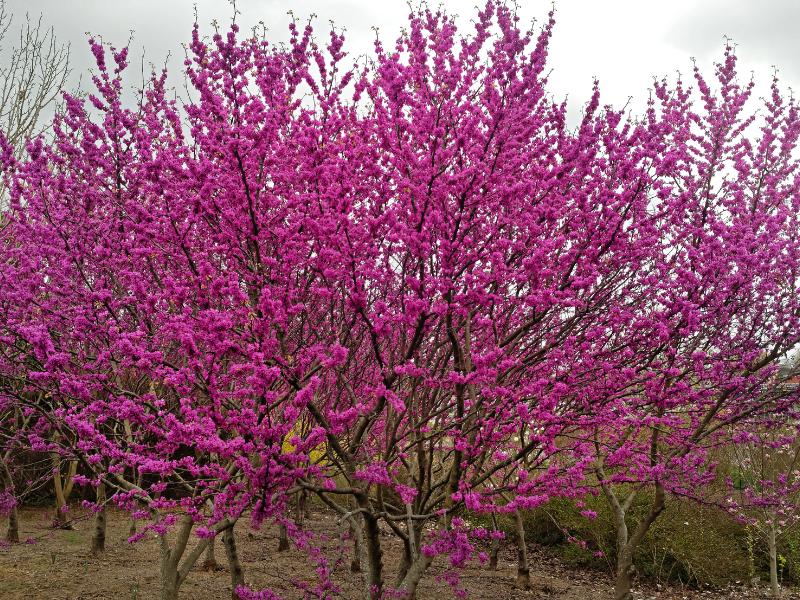
Are redbuds messy trees?
The answer is yes and no, depending on the variety you grow. Varieties like the Eastern Redbud will produce seed pods after the blooming period, making your yard messy. You can try varieties such as the Don Egolf redbud or Traveller redbud to avoid this predicament.
Are redbud tree roots invasive?
It may come as a surprise, but redbud leaves are, in fact, edible. You can eat the leaves of young redbud trees either raw or processed. Native Americans consumed the seeds, leaves, and petals of redbuds. The flowers of this tree are full of Vitamin C, and you can add them to your salads. Since the flowers and seeds also contain antioxidants, they can be great for your body.
When is the best time to plant Redbud?
The best time to plant your redbud tree is in early fall. At this time, the temperatures in the soil are warm enough so your tree will generate new growth and form a root system before going dormant. Once the dormancy period passes, your plants will be less susceptible to transplant shock.
Wrapping Up
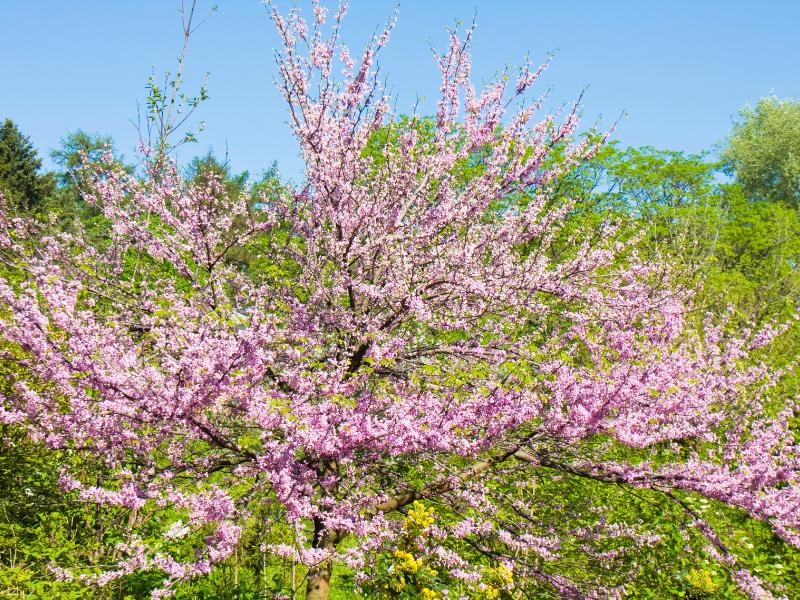
Redbud can be an exciting addition to your garden or yard. Before growing these plants, it’s important to consider all the positive and negative factors.
Now that you have seen all the pros and cons of growing these trees, I’m sure you’ll make an informed decision.
Until next time!

